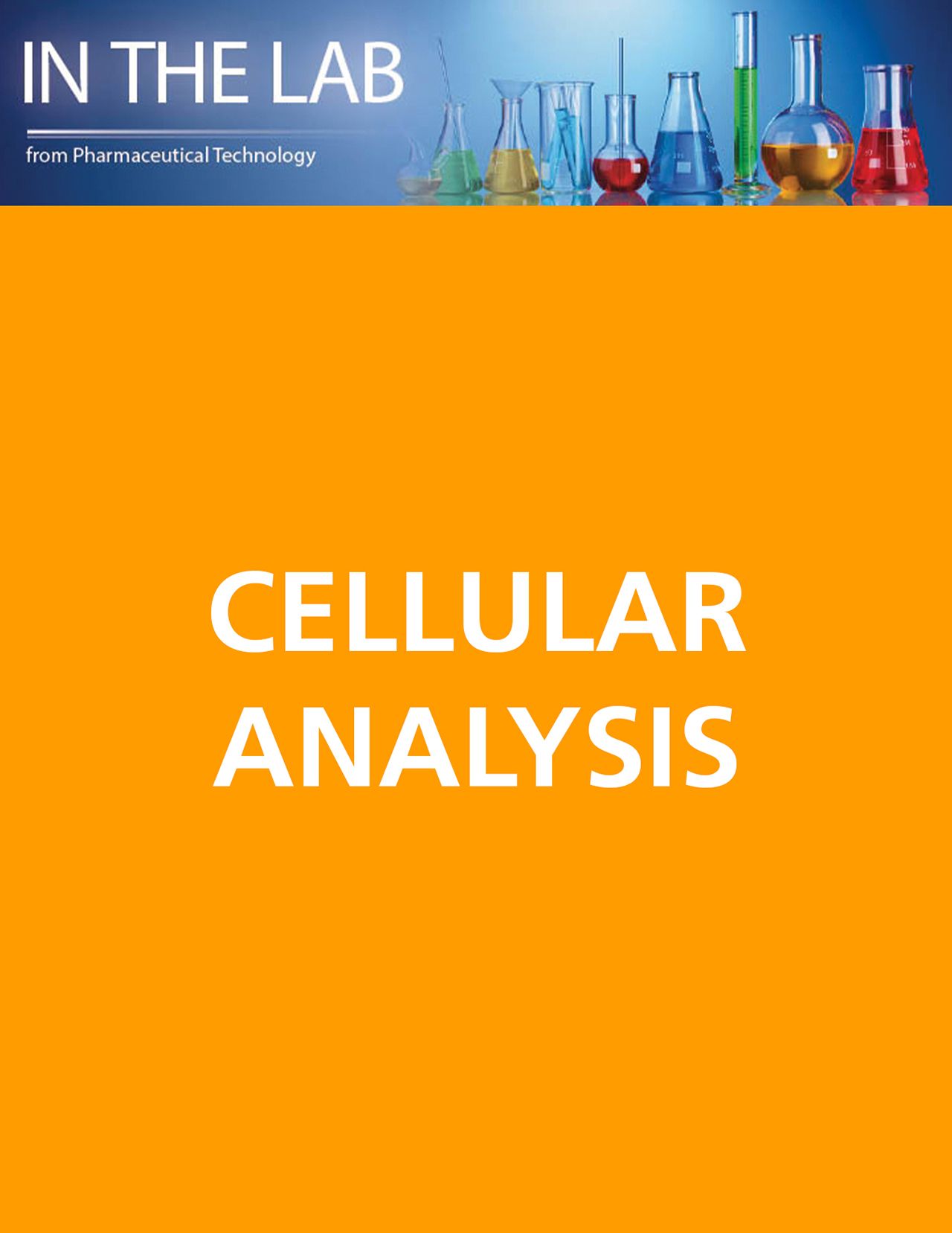Paradigm4’s Single Cell App Allows for Analysis of Large-Scale Datasets
Using the app, biopharmaceutical developers can break through the data wrangling and programming challenges associated with the analysis of large-scale, single-cell datasets.
The REVEAL: Single Cell app from Paradigm4, a provider of scientific information solutions, allows for biopharmaceutical developers to address the data wrangling and programming challenges associated with the analysis of large-scale, single-cell datasets.
Using Paradigm4’s Agile Science engine, SciDB, the app uses vectors and multidimensional arrays to support scientific data modeling, storage, and large-scale computation. Its elastic computing platform is a parallel, transaction-safe, array-oriented, analytics solution which offers users access to disease biology, samples from patients with more cells, key biological hypotheses for target evaluation, disease progression, and precision medicine.
Additionally, users have the ability to select cells of interest across all studies using individual metadata tags to assess tissue distribution, variance in response to treatment, and for comparisons of normal to diseased cells. Datasets can also be organized according to individual users’ data models.
“When Covid-19 hit earlier this year, we used our REVEAL: Single Cell app to identify tissues expressing the key SARS-CoV-2 entry associated genes in seconds,” said Zachary Pitluk, vice-president of Life Sciences and Healthcare at Paradigm4, in a Sept. 15, 2020 press release. “We found they were expressed in multiple tissue types, thus explaining the multi-organ involvement in infected patients observed worldwide during the ongoing pandemic.”
“With the launch of REVEAL: Single Cell, we support scientists in breaking through the complexities of working with massive single cell, multi-patient datasets,” added Marilyn Matz, co-founder and CEO of Paradigm4, in the press release. “Accelerating drug and biomarker discovery is a key driver for our customers. Our Agile Science engine, SciDB, with its REVEAL apps, transforms the way researchers integrate, share, and gain insights from multimodal scientific data.”
Source: Paradigm4

Transformations in Drug Development for Cell and Gene Therapies
March 28th 2025As a recognized leader in immunophenotyping for clinical trials, Kevin Lang from PPD discusses how spectral flow cytometry is transforming drug development, particularly in cell and gene therapies like CAR-T. He also dives into his award-winning research, including his 2024 WRIB Poster Award-winning work, and his insights from presenting at AAPS PharmSci360.
Advancing Clinical Trials with Spectral Flow Cytometry: A Conversation with Kevin Lang
March 28th 2025As a recognized leader in immunophenotyping for clinical trials, Kevin Lang from PPD discusses how spectral flow cytometry is transforming drug development, particularly in cell and gene therapies like CAR-T. He also dives into his award-winning research, including his 2024 WRIB Poster Award-winning work, and his insights from presenting at AAPS PharmSci360.
Pharmaceutical Tariffs Are Imminent: How Industry is Bracing for Impact
April 16th 2025On April 14, 2025, the Trump Administration launched a national security-driven investigation into pharmaceuticals, a move that will likely result in tariffs being placed on pharmaceutical drugs, ingredients, and other components that are imported from outside of the United States.